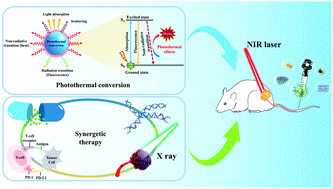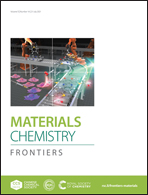Bioactive engineered photothermal nanomaterials: from theoretical understanding to cutting-edge application strategies in anti-cancer therapy
Abstract
Photothermal therapy is an emerging treatment method for fighting cancer with the characteristics of non-invasiveness. Its therapeutic mechanism involves utilizing photothermal conversion agents (PTAs) to absorb the energy of photons and convert that into heat. The high temperature can destroy cancer cells and inhibit the growth and metastasis of cancer as well. In the past few decades, the rapid advancement of nanotechnology has greatly accelerated the research and development of PTAs. However, there are few reports focusing on the photothermal conversion principles of various PTAs. Meanwhile, single-mode PTT also faces many issues, and synergy therapy has become a development tendency in the field of cancer treatment. This review introduces the traditional and emerging PTAs, including noble metal PTAs, carbon PTAs, semiconductor PTAs, and the like. The photothermal conversion principles of these materials are systematically summarized in detail. Subsequently, we have discussed the synergistic effect mechanisms of PTT combined with other therapies and emphasized the latest application strategies of them. At last, constructive suggestions for the future development of PTT are proposed.

- This article is part of the themed collection: 2021 Materials Chemistry Frontiers Review-type Articles


 Please wait while we load your content...
Please wait while we load your content...